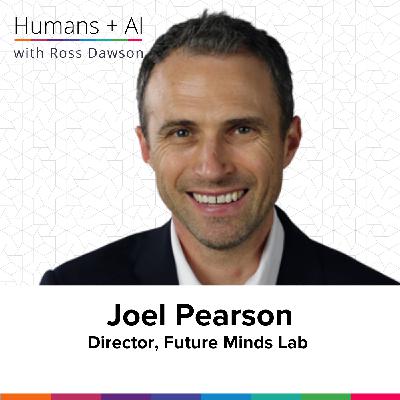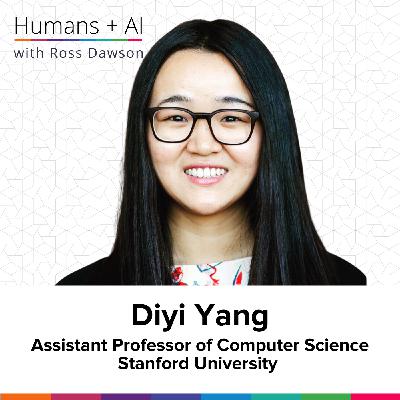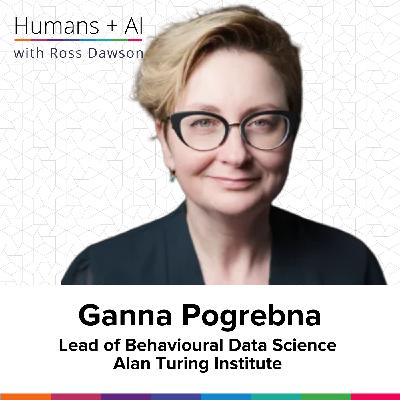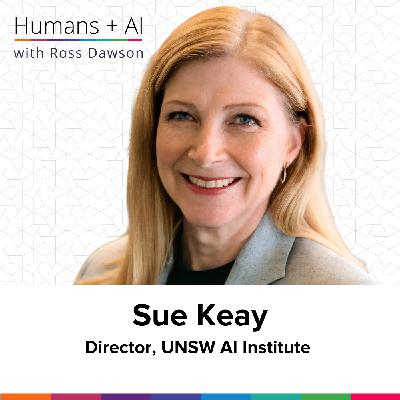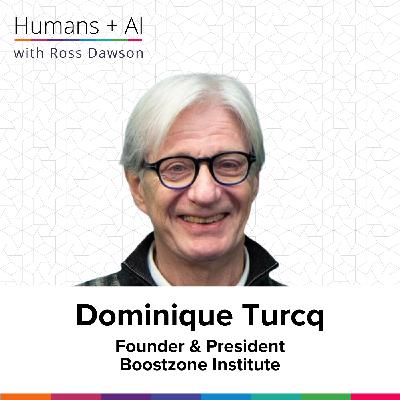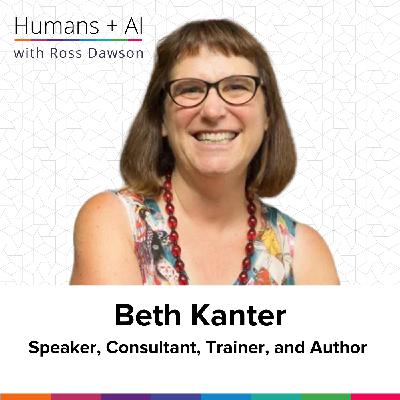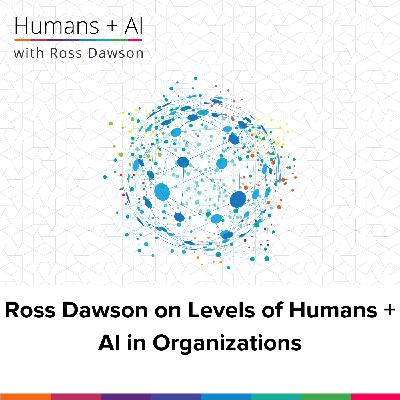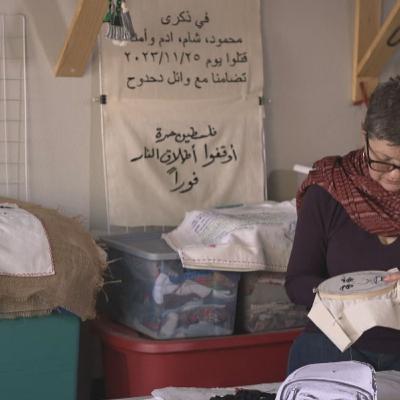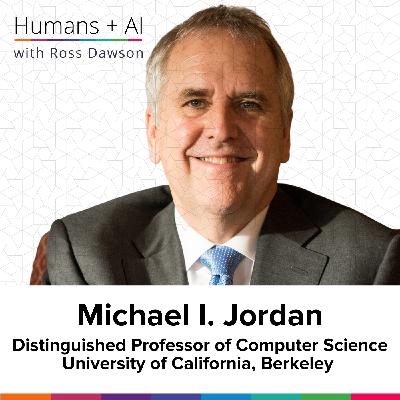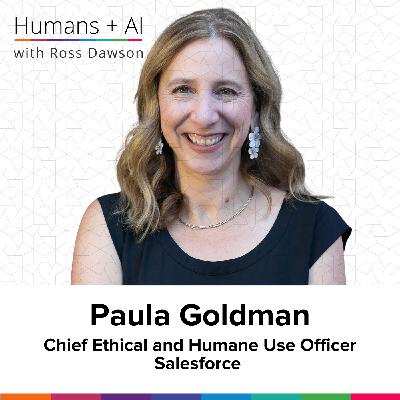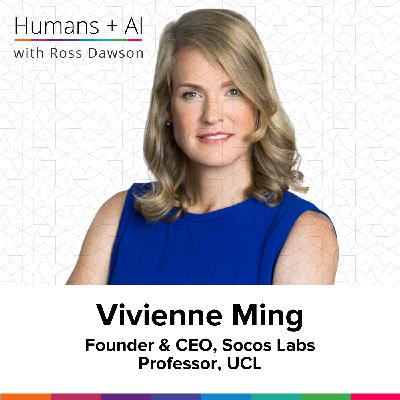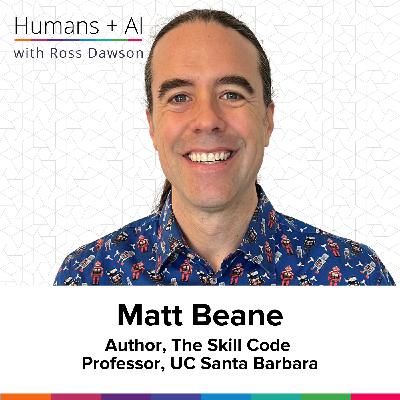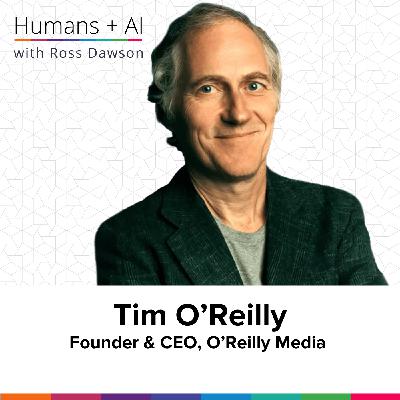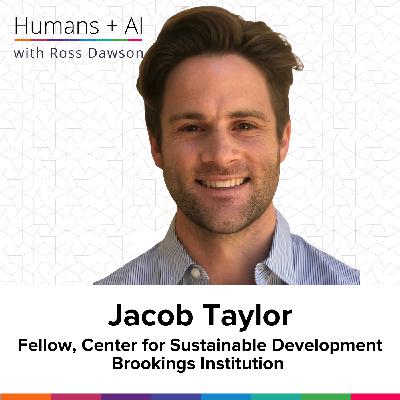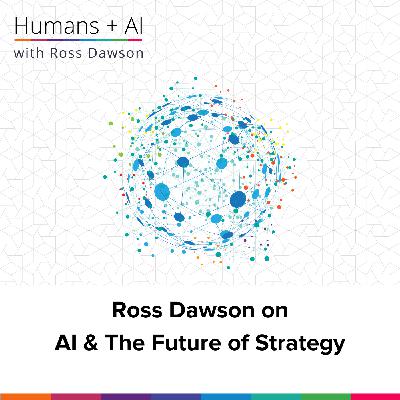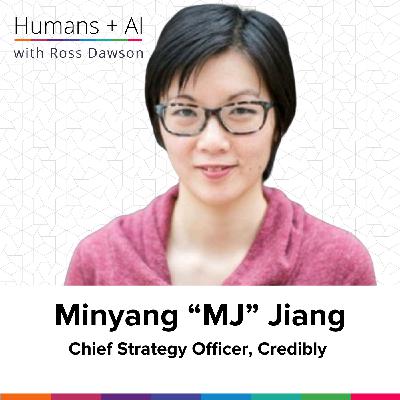Iskander Smit on human-AI-things relationships, designing for interruptions and intentions, and streams of consciousness in AI (AC Ep18)
Description
“I really believe that we need to design friction into the system, not what is usually the goal in digital spaces, where you try to remove all the friction.”
–Iskander Smit

About Iskander Smit
Iskander Smit is founder and chair of Cities of Things Foundation, a research program originating at Delft University. He works as an independent researcher and creative strategist at the intersection of design, technology, and society, focusing on the evolving relationship between humans and AI in physical environments.
What you will learn
- How human, AI, and ‘things’ relationships are evolving beyond digital tools into physical environments
- The concept of collaborative intelligence—how human and AI co-performance shapes creativity and productivity
- Ways AI can mirror human thinking, deepen reflection, and reveal cognitive biases when used intentionally
- Designing AI interfaces for meaningful interaction, including the value of friction, interruption, and transparency
- How the role of designers is shifting from crafting static products to directing co-creative, adaptive systems with AI
- Why deliberately designing for thoughtful, exploratory, and emancipatory conversations with AI matters
- Challenges and insights from experimenting with AI in team settings and educational contexts
- The importance of treating AI as a collaborator or team member rather than simply as a tool
- How thoughtful human-AI relationships can unlock greater collective intelligence and transform work in sectors like health and education
Episode Resources
Transcript
Ross Dawson: Iskander, it’s fantastic to have you on the show.
Iskander Smit: Yeah, thanks for inviting me. Really excited to talk about this topic, of course.
Ross: One of the things is you very much focus on collaborative intelligence, and I think that happens in conversation. So hopefully we can have a good conversation.
Iskander: Yeah, me too.
Ross: One of the starting points is you talk about human, AI, and things—relationships. So tell me about the human, the AI, and the things. What are the relationships?
Iskander: Yeah, it really originated from the research program I started back in 2017 at the University in Delft. It was called Cities of Things—how we are going to live together with intelligent, autonomous things.
We were thinking about what will happen, what the consequences are, if we live together with more autonomous things. That was before we had these generic LLMs and the developments happening now. But even then, we were already curious: how are we going to have a kind of co-performance with things?
That’s why I added the “things” relation—because I really see now, of course, there’s a lot of use of AI in the digital space and in digital life. But it also starts to pop up in the physical space. So authentic AI for the physical space, I think, is a very interesting domain to look into. What will happen when we live within AI, when we are immersed in AI?
That’s why I really look not so much at the specific function of the AI or the tool, but more at what kind of relationship we are building with these machines or things—or whatever we want to call them.
Ross: Yeah. That’s why I dig into the relationships in the sense of the extended mind idea. Part of it is things we use, which enable us to do more. We’ve long had relationships with things.
As those things become more autonomous, that changes. And the relationship with AI, which is far more human-like by design, also changes. So what are the types of relationships? When it’s not just humans and AI but also the things, what is the nature of these?
Iskander: Yes, a good question. What type of relationships do we have? I’m really thinking about what the interaction is we have with things, and how we can define which are best suited for AI, which for humans, and how we relate to that.
How do we perform together in a certain way? It’s an interesting question. Some people think that AI is just an early stage of being human-like. But I think we have evolved for such a long time that AI is definitely a different type of breed, maybe.
So, what types of relations can we have here? There is, of course, a lot—especially when we had these conversational devices starting to pop up in our relationships.
Ross: So one of the strongest relationships, I suppose, is collaboration. And so that’s kind of this idea around intelligence—collaboration—where we have collective human intelligence between humans, which we’ve had since we’ve gathered around fires.
And now, of course, as y


